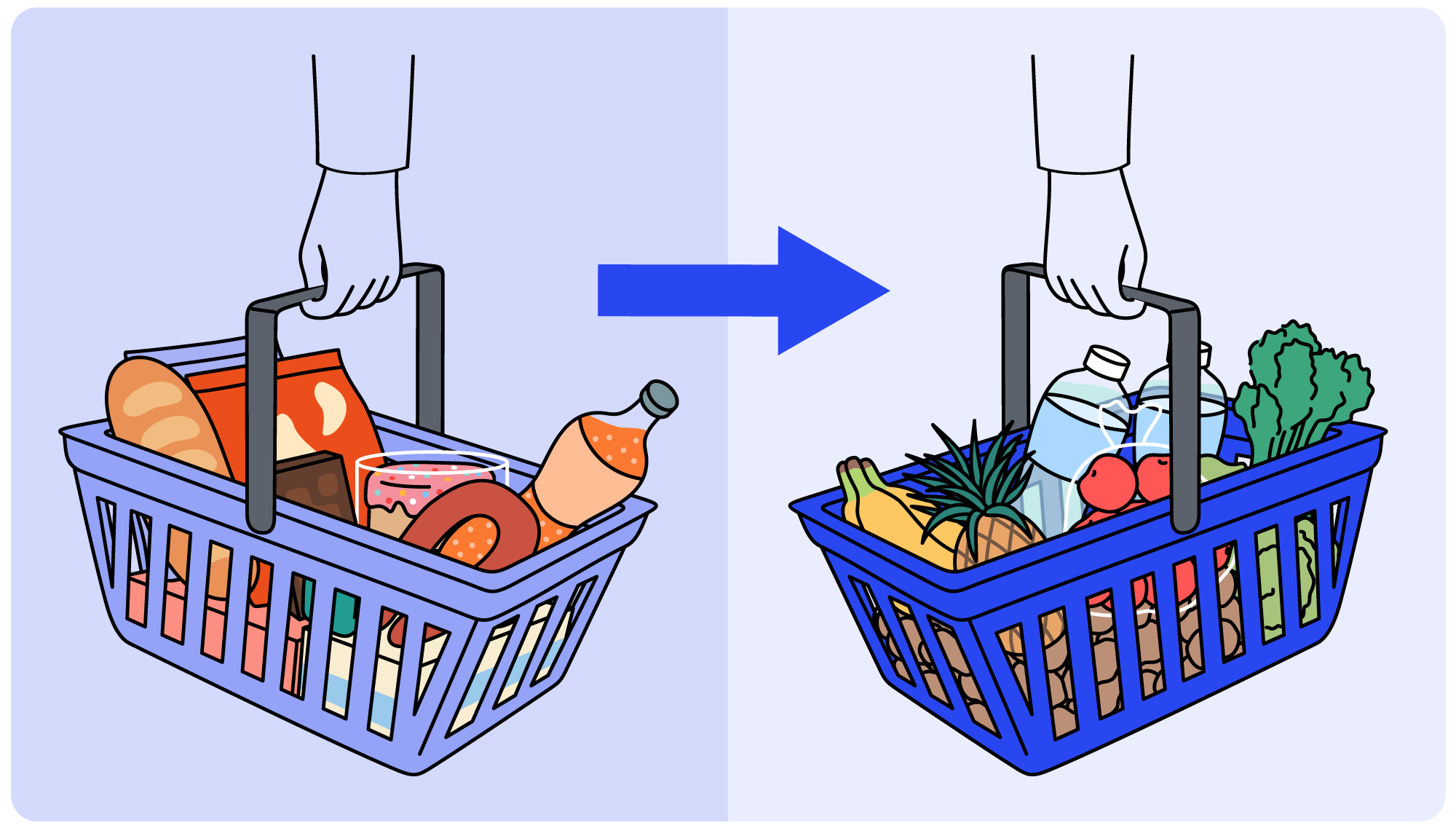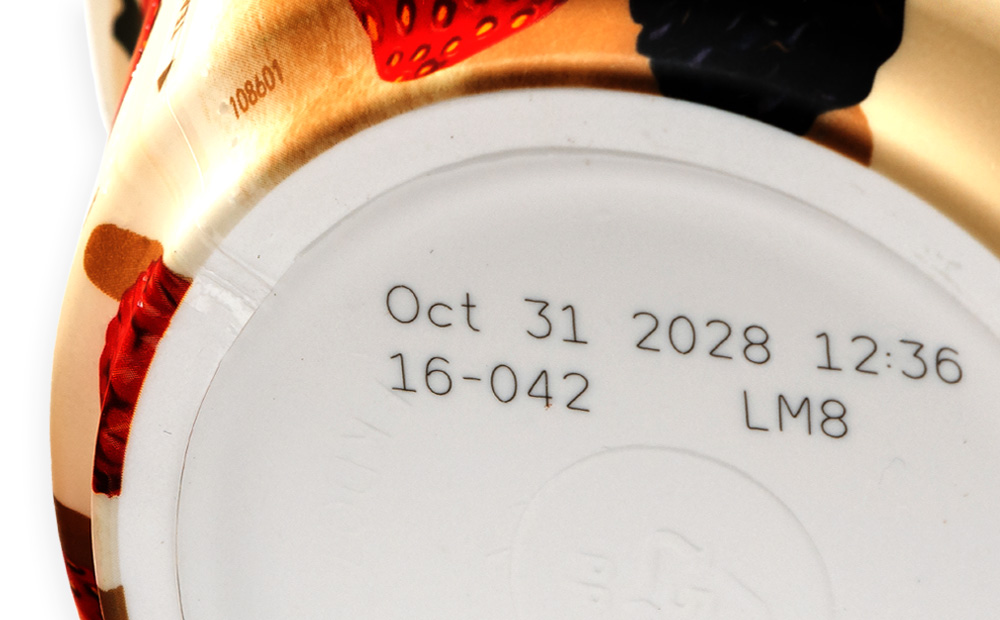
What happens when millions of consumers suddenly start eating 1,000 fewer calories per day? The answer: from factory floors to product labels, the food industry is starting to feel it. Of course, the food industry is no stranger to disruptions, with the plant-based food revolution, sugar taxes, sustainable packaging demands, and more. But the rise of GLP-1 receptor agonists like Ozempic®, Wegovy®, and Mounjaro® may be its most profound transformation yet. Originally developed for diabetes and obesity management, these medications are now reshaping how people eat, shop, and think about food. For food manufacturers, this isn’t just a health trend – it’s a structural shift with far-reaching implications.
What are semaglutides and other GLP-1s, and how do they impact appetite?
GLP-1 drugs work by mimicking a hormone that regulates appetite and blood sugar. Users often report consuming 700-1,000 fewer calories per day, with reduced cravings for high-fat, high-sugar, and processed foods.1 Retailers like Walmart have already observed a decline in snack and sweets purchases among customers using these medications.2
Users often report consuming 700-1,000 fewer calories per day.
The $800 million acquisition of Kevin’s Natural Foods by Mars speaks volumes.
The shift is quantifiable and accelerating. Mars Inc.’s acquisition of Kevin’s Natural Foods, a producer of high-protein, low-carb meals, for $800 million signals a strategic pivot toward GLP-1-compatible offerings. Meanwhile, macro-conscious consumers are tracking protein, carbs, and fats with precision, driving demand for nutrient-dense, functional foods.
Stay ahead with real-time updates on the latest news:
What does this mean for food producers?
The shifting landscape of consumer preferences is reshaping the food production industry, creating significant implications for manufacturers. Key trends include:
- Declining demand for traditional high-calorie products: Expect reduced volume in categories like snacks, sugary drinks, and processed meals.
- Rising demand for health-forward alternatives: High-protein, low-sugar, and gut-friendly foods are gaining traction.
- Shorter product lifecycles: Rapid shifts in consumer behaviour require faster reformulation and innovation cycles.

These changes don’t just affect product development, but they ripple across operations, packaging, and compliance. Here’s how different teams will feel the impact:
- R&D teams:
- Accelerate reformulation cycles to align with changing nutritional preferences.
- Innovate faster to stay competitive in a health-conscious market.
- Operations teams:
- Prepare for more frequent production line changeovers.
- Invest in agile manufacturing processes to handle evolving product demands.
- Packaging engineers:
- Adapt to smaller portion sizes in response to eating trends.
- Incorporate sustainable packaging materials to meet consumer and regulatory expectations.
- Compliance teams:
- Ensure labelling accuracy to reflect nutritional transparency.
- Strengthen traceability processes to meet stricter regulatory scrutiny.
Meeting operational complexities with modern coding and marking systems
As product portfolios diversify to meet new dietary expectations, manufacturers face increased complexity with more SKUs to cater to niche needs, smaller packaging formats requiring high-resolution coding solutions, and faster changeovers to maintain agile production lines. Additionally, eco-conscious consumers are pushing for more recyclable packaging and the use of sustainable inks, adding to the pressure on manufacturers.
To keep up, manufacturers need modular, high-speed marking and coding systems that enable quick changeovers and support data-rich labelling, such as QR codes3 and nutrition panels.

Recent advancements in laser marking technology are transforming setup efficiency, dramatically reducing changeover times, minimizing errors, and boosting production agility. For example, with Videojet SmartFocus™ technology, the laser automatically adjusts the focus distance to a distance predetermined during setup, accommodating different product sizes and substrates quickly and accurately. This technology helps ensure consistent code quality across varying packaging formats, helping manufacturers stay agile while maintaining compliance and brand integrity.
Protecting what matters: Brand reputation and consumer trust
Facing counterfeit semaglutide products and rising health scrutiny, food manufacturers are looking to protect their brand image. Consumers demand safety, transparency, accurate labelling, and proof of authenticity – especially as dietary needs diversify.
For food producers, this means:
- A broader, more diverse user base with varying dietary needs.
- Greater pressure to ensure traceability and authenticity in the supply chain.
- Heightened scrutiny around health claims and labelling accuracy.
Smart packaging technologies like serialized QR codes and digital twins offer a powerful solution. Laser marking enhances this by delivering permanent, tamper-proof 2D codes that resist wear and counterfeiting, reinforcing consumer safety, traceability and brand protection at every stage of the supply chain. In this new landscape, brand protection isn’t just about security — it’s about earning and sustaining consumer trust.

It’s no longer about “more for less” – it’s about “better for you.”
Behavioural shifts that outlast the prescription
GLP-1 users often report more mindful eating habits, reduced emotional eating, and a preference for smaller, simpler meals. These behaviours tend to persist even after discontinuation of the medication, suggesting a long-term decline in volume-driven consumption.
This shift toward quality over quantity means manufacturers must rethink value propositions. It’s no longer about “more for less” – it’s about “better for you.”
Final thoughts
The “Ozempic® effect” is not a passing phase — it’s a paradigm shift. As GLP-1 drugs become more widespread and macro-tracking, the counting of macronutrients, becomes mainstream, the ripple effects will reshape the entire food supply chain. For manufacturers, the challenge is not just to adapt, but to lead.
The “Ozempic® effect” is not a passing phase – it´s a paradigm shift.
By embracing agility, transparency, and consumer-centric innovation, food producers can turn disruption into opportunity. The appetite for change is real. The question is: are you ready to feed it?
References
1 Ozempic Reshapes The Kinds of Food People Eat. Here’s What Happens. : ScienceAlert
2 How Ozempic Is Affecting Food Sales – GLP-1 Drugs Impact
Examining the Impact of GLP-1 on the Food Industry | Clarkston Consulting
3 QR Code is a registered trademark of DENSO WAVE INCORPORATED.
